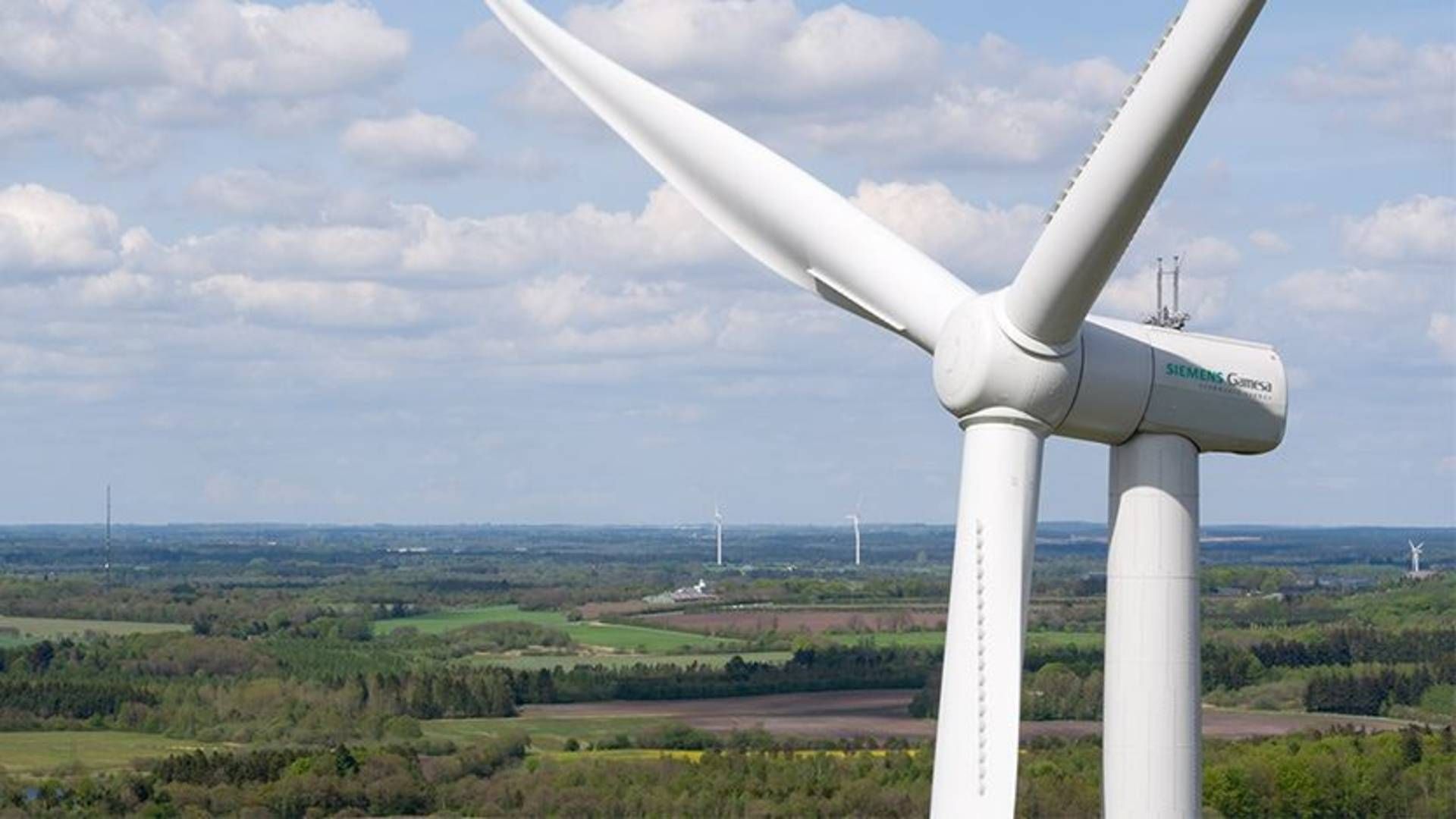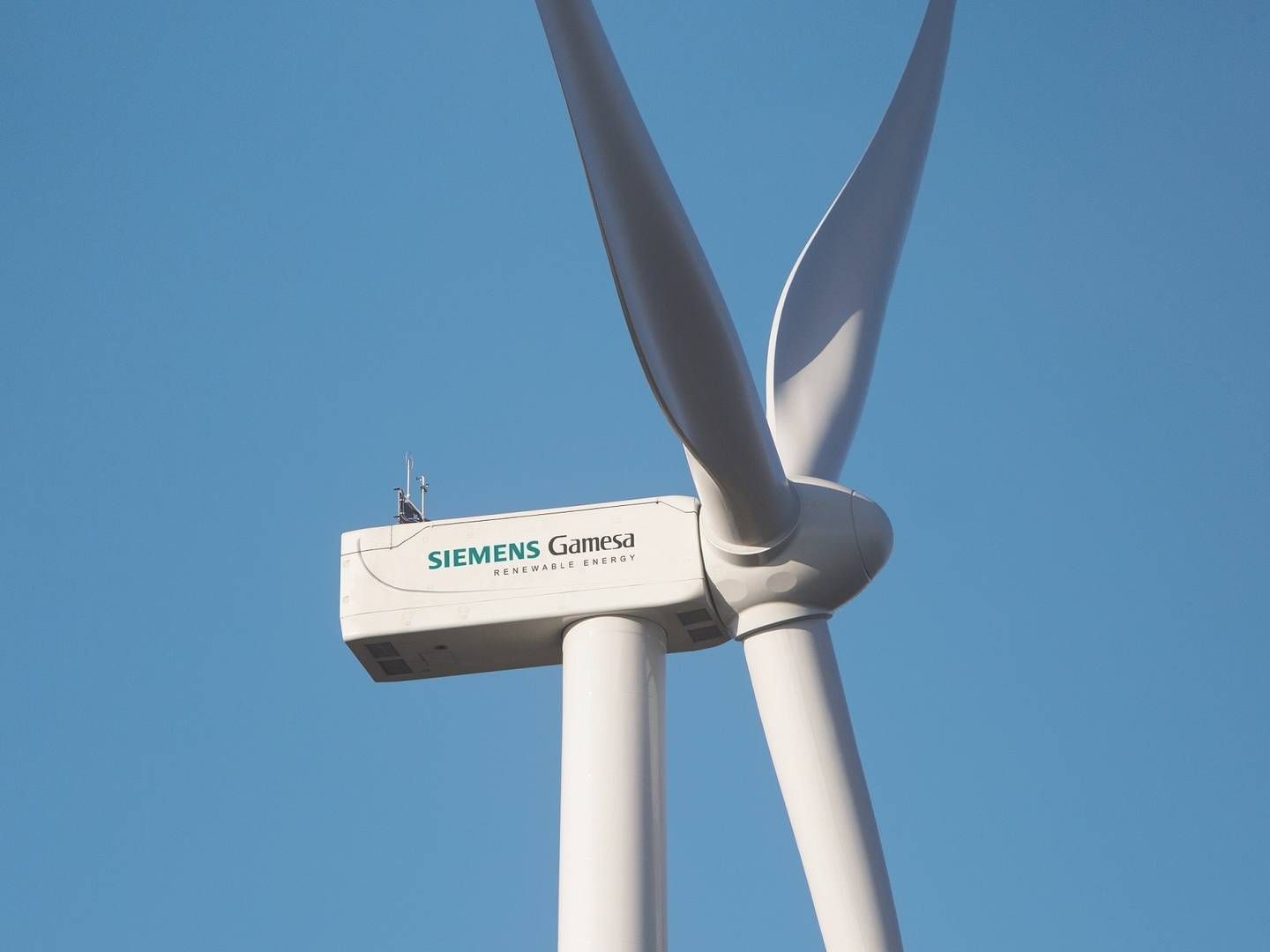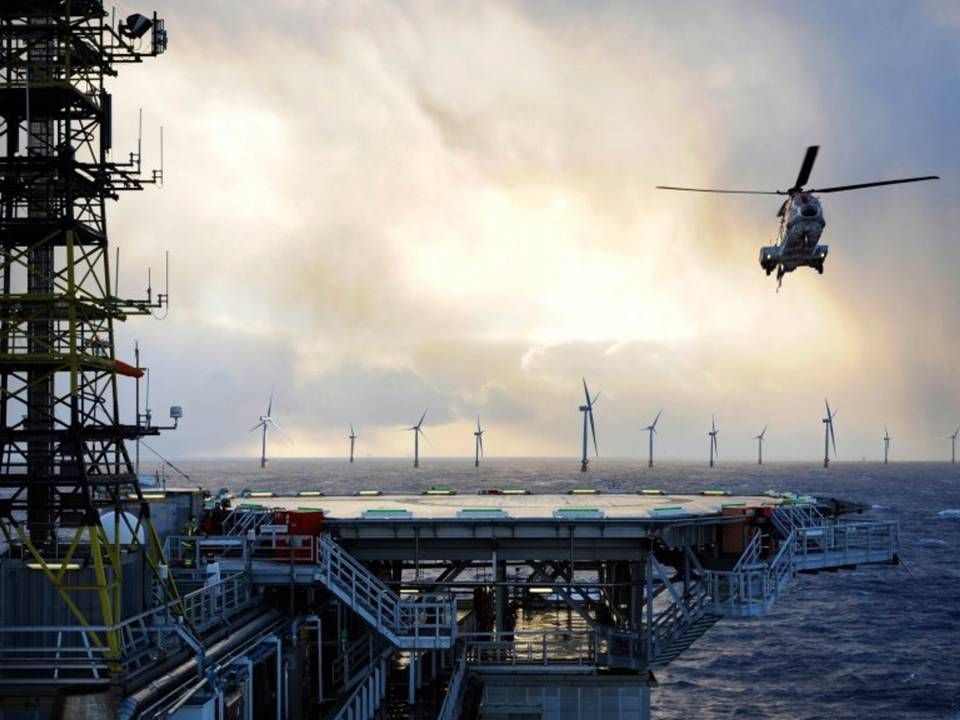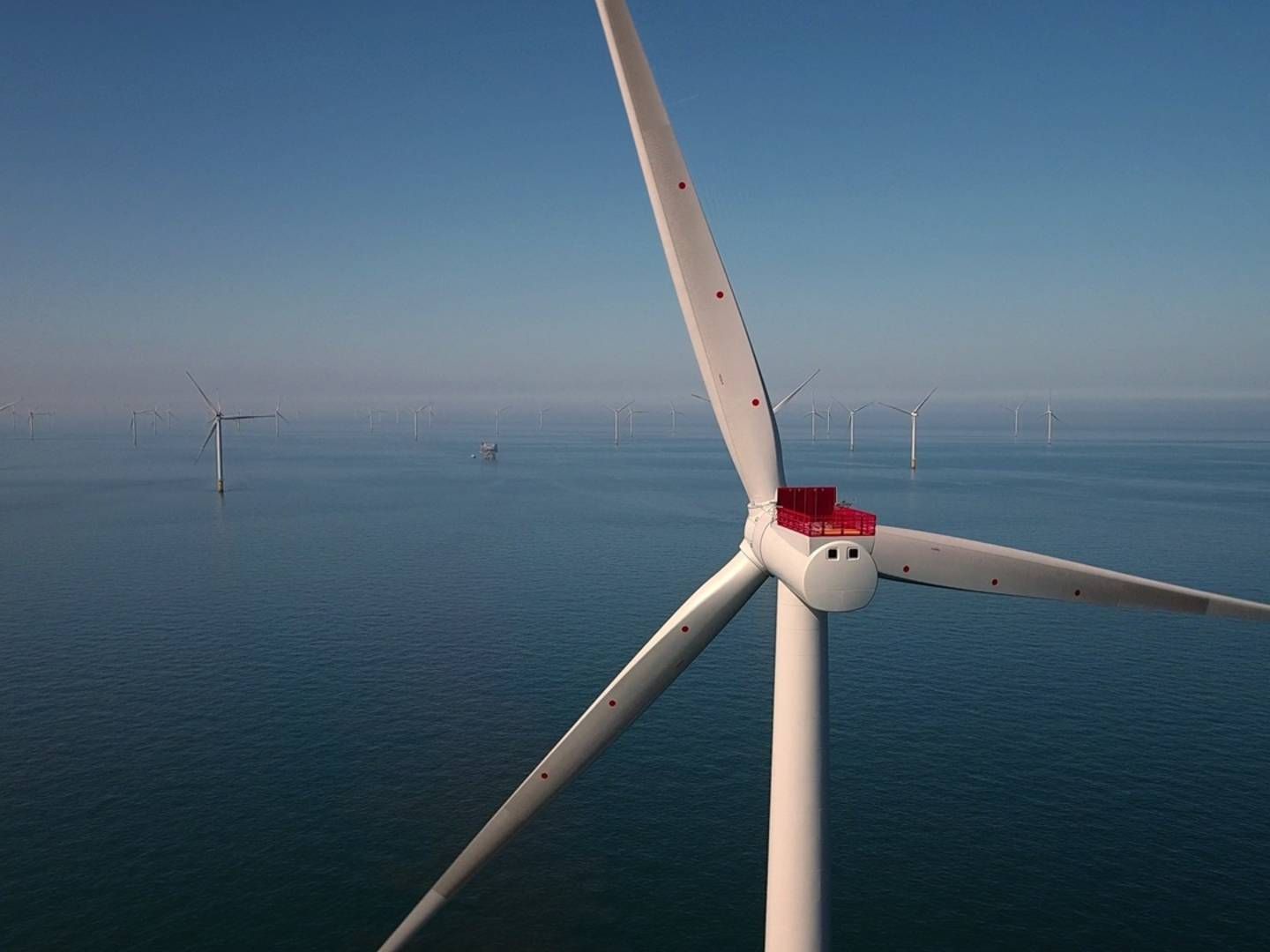Siemens Gamesa sees challenges in the short term

Figures in Siemens Gamesa's annual financial statement seem to indicate a fine fiscal year in 2018-'19, however, the same cannot be said for the OEM's outlook for coming period, which Chief Executive Markus Tacke calls a transitional year.
He notes that the market is impacted by political and regulatory uncertainty and that the global economy has taken a blow – and trade wars don't exactly make things any easier.
"The industry is in a period of consolidation that will leave behind only the most robust and innovative businesses. As a company, this has given us the opportunity to secure our strategic growth through acquisitions. The sector will continue developing itself for a new era with fewer but stronger players. However, we're not immune in regard to external challenges," Tacke says in a teleconference in connection with the annual results.
Siemens Gamesa forecasts its fiscal 2019-'20 revenue to land between EUR 10.2 and 10.6 billion and an operating margin between 5.5 and 7 percent.
"Whereas it's clear that short-term challenges will impact our margins, we are convinced that we're in a fine position to capitalize on the wind industry's big potential," Tacke says.
He adds that the relatively modest operating margin outlook reflects market conditions but says the turbine maker is very confident it will hit the center of the interval.
"However, market uncertainty and irrational behavior means that we find the spread appropriate."
Tacke says the manufacturer expects wind energy demand to be affected in the short term by politics and regulatory uncertainties in mature markets such as Spain and Germany. Meanwhile, volatility in new markets like India, Mexico and Brazil also poses a risk, while the final outcome of Brexit is tough to predict.
Tacke does use the opportunity to point out that wind energy investments are still going strong, as is evident from the record-large order books.
"We've seen several indications this year of state subsidies being available for the industry. More people are demanding that their governments increase their engagements in renewable energy. Perspectives for the industry are as bright as ever," Tacke says, adding:
"Our strategic program has helped us through these difficult times and to remain profitable. We think it's important to adjust to new market conditions and offer the best technology and look for opportunities in a rapidly growing segment like offshore wind in Asia and the US. But also on new markets for onshore wind. This will help us to maintain a robust profile and allow us to continue growing."
Low margin on onshore wind
Even though it has been a challenging year, order intake grew 7.4 percent to EUR 12.7 billion and took place despite the fact that "adjusting has led to a low profit level on onshore wind. It was so low in some places that we weren't interested, which also means that we stayed away from some tenders," says Chief Financial Officer David Mesonero.
The order book contains contracts worth an aggregate sum of EUR 25.5 billion, 46 percent of which consist of service and maintenance, 26 percent offshore wind and 28 percent onshore wind.
"That means that 72 percent of our order book are profitable business with profit levels over average. But it also means that we have to work to improve earnings on the remaining 28 percent. Those are still not at the level for which we normally aim," Mesonero says.
Although Siemens Gamesa did also note a price stabilization on wind turbines. While the average sales price was EUR 0.81 per MW in 2017, the level fell 9.5 percent in the proceeding year and now appears to have settled on an ASP of EUR 0.73 million per MW.
"All in all, the margin hit 4.4 percent in the accounts for WTG, wind turbines, under the normal level, which is because of a very competitive onshore wind market, which was formerly marked by very irrational pricing. We must continue to get that margin back to a normal level in the coming years.
English Edit: Daniel Frank Christensen
Siemens Gamesa doubles earnings
Related articles
Siemens Gamesa lands largest floating turbine order to date
For subscribers
Siemens Gamesa closes 376MW turbine deal
For subscribers























.jpg&w=384&q=75)

